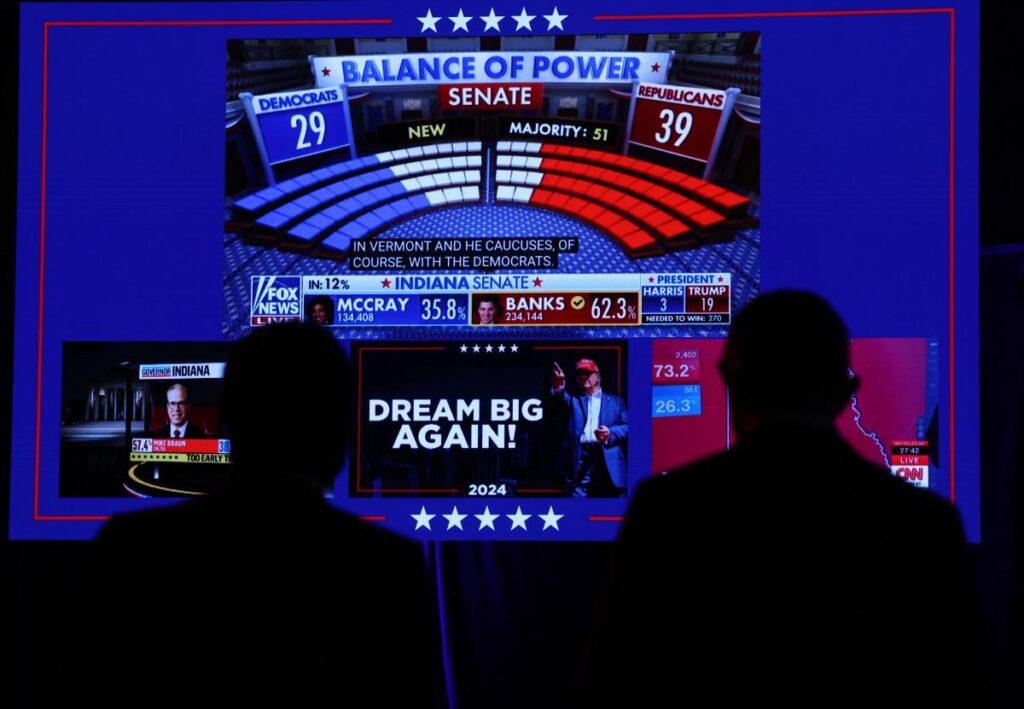In a dramatic turn of events early Wednesday morning, Donald Trump announced his victory in the 2024 presidential election, setting the stage for a historic second non-consecutive term as the 47th President of the United States. The race was officially called by ABC News shortly after 5:30 a.m., with election analysts reporting that at 78 years old, Trump had successfully garnered enough Electoral College votes, particularly after securing Wisconsin. This surprising outcome came amid expectations that the tightly contested election against Vice President Kamala Harris would require several days to resolve, but Trump’s victory appeared to solidify just hours after polls closed.
As he claimed victory, Trump not only celebrated his electoral success but also hinted at a potential win in the popular vote, a noteworthy achievement given the nature of previous elections. The election night of 2024 defied the anticipation of a drawn-out process, as results came in quicker than many had forecasted. This swiftness was a significant development, particularly considering the extensive campaigning both candidates had conducted leading up to the election, highlighting the contentious and pivotal nature of this democratic process.
The state of Pennsylvania played a crucial role in Trump’s pathway to victory. Given its substantial electoral vote count, both Trump and Harris invested significant resources and time in campaigning within the state. The ultimate result of Pennsylvania swinging toward Trump was a decisive factor in his overall electoral success. Furthermore, additional victories in other crucial battleground states such as North Carolina, Georgia, and Wisconsin further solidified his position, allowing him to piece together the necessary electoral votes to reclaim the presidency.
This victory for Trump also reflects a broader shift in the political landscape, as the Republican Party experienced significant gains across the board during the election. With Trump securing the presidency, the Republicans not only took control of the White House but also regained the Senate majority, positioning themselves to influence legislative agendas significantly. Despite the ongoing debate around their control in the House of Representatives, this election outcome illustrates a resurgent Republican party eager to reclaim its influence after several cycles in opposition.
The unexpected turnout on election night, marked by rapid results compared to prior elections, raises questions about voter engagement, ballot processing, and the overall dynamics of American electoral politics. Observers noted that the decisive outcomes in key states indicated a potential shift in voter sentiment, possibly reflecting the effectiveness of Trump’s campaigning messages and strategies to resonate with constituents. Such developments will likely be scrutinized in the weeks and months to come as the implications of Trump’s victory ripple through the political arena.
As the nation moves forward, the implications of a second Trump presidency are profound, triggering discussions about the future of key policies, party dynamics, and the overall state of American democracy. The blend of immediate electoral outcomes and long-term political shifts will shape the landscape in which Trump operates, especially as he prepares to navigate the challenges of an increasingly polarized electorate. The reemergence of a Trump-led administration signals a significant chapter in U.S. history, inviting both challenges and opportunities as the country collectively evaluates its direction.

